A generation ago, the strike zone was predominantly at waist level; now it's more common for players to hit incoming balls closer to shoulder height.
More: 3 Attack Shots Every Player Should Use
The semi-Western grip also allows players to defend and remain offensive on balls hit in this elevated strike zone. The reason for this is the principle known as incident and reflected angle. Simply put, when a rising ball with heavy topspin hits a vertical wall (or racquet face), the ball will travel upward. If a player swings with a vertical racquet face—a prominent feature of traditional grips—to return a shot with those characteristics, the resulting shot will generally sail long.
It's basic geometry: The incoming upward angle of the ball is matched by the outgoing rising angle.
Tennis evolution, however, found a solution. By sliding more of their palm underneath the racquet handle, players were able to close the face slightly at contact. This allowed for better control when returning shoulder-level shots—thus, the popularity of Western grips.
The disadvantage of modern Western grip systems is the loss of versatility, and this comes into play when a player is stretched out and on the defensive, putting the ball well out of her strike zone. The more Western the grip, the more difficulty a player generally has in dealing with these types of shots.
More: 4 Tips for Playing Against Heavy Topspin
To combat this, modern players have learned to use an emergency Continental slice (a secondary stroke) for the occasional low or wide ball (some refer to this shot as a "squash" or "hack" shot).
Backhand Grip
When Chris Evert, Jimmy Connors, and Bjorn Borg achieved success in the 1970s, the two-handed backhand gained immense popularity. Ever since, a debate has persisted over whether players should use a one- or two-handed backhand.
More: 8 Steps to Master the Two-Handed Backhand
From a technical standpoint, players who fall into the category of having more developed fine motor skills (such as Roger Federer) may be best served by adopting a one-handed grip, thus taking advantage of their talented upper arms and hands.
Those players who have well developed gross motor skills (such as Maria Sharapova) are well designed for executing the two-handed backhand because they can generate the angular momentum used in the uncoiling of the larger links of the kinetic chain.
From a practical standpoint, although the one-handed backhand is alive and well, the dominant backhand in today's game is by far the two-handed stroke. The most popular and effective variety has the dominant hand (on bottom) applying the Continental grip, with the nondominant hand (on top) applying the Eastern forehand grip (pictured below).
To use the compass analogy, the base knuckle on the bottom (dominant) hand would be on the northeast bevel, and the one on the top (nondominant) hand would be on the west bevel.
As with the forehand, players can be successful with subtle variations, or even completely unorthodox grips or styles of play.
It would be foolish to demand absolute conformity to what is considered the norm. Every player and every swing is different, and a slight shift on the grip in either direction can have a positive impact. If something works, don't mess with success.
This article is an excerpt from Frank Giampaolo's newest book Championship Tennis: the all-inclusive guide for maximizing player potential
More: 4 Game-Changing Defensive Tips
 Search for your next tennis event.
Search for your next tennis event.
- 2
- of
- 2


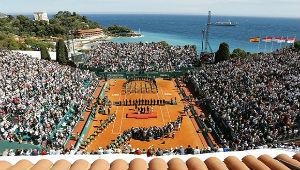
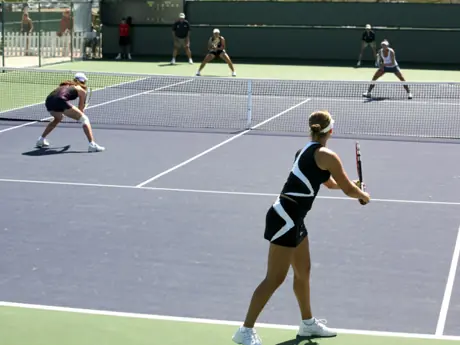
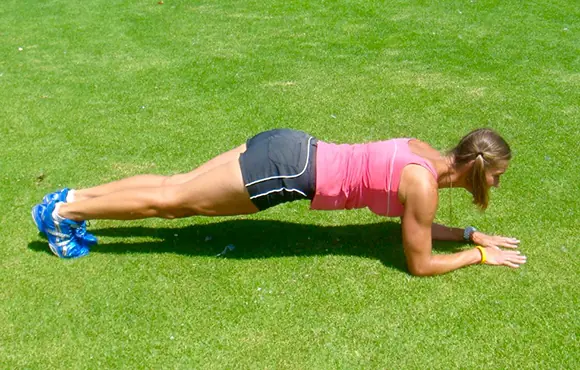
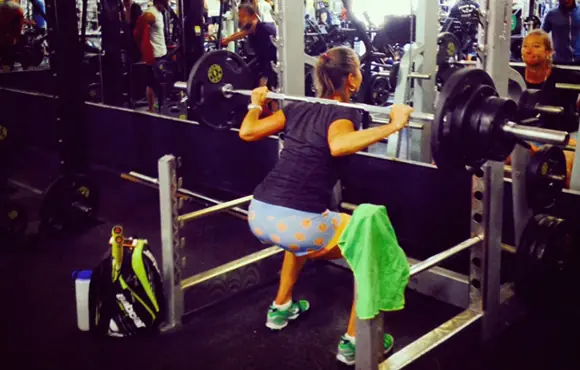

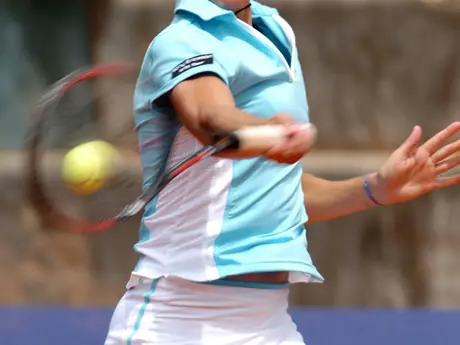
Discuss This Article